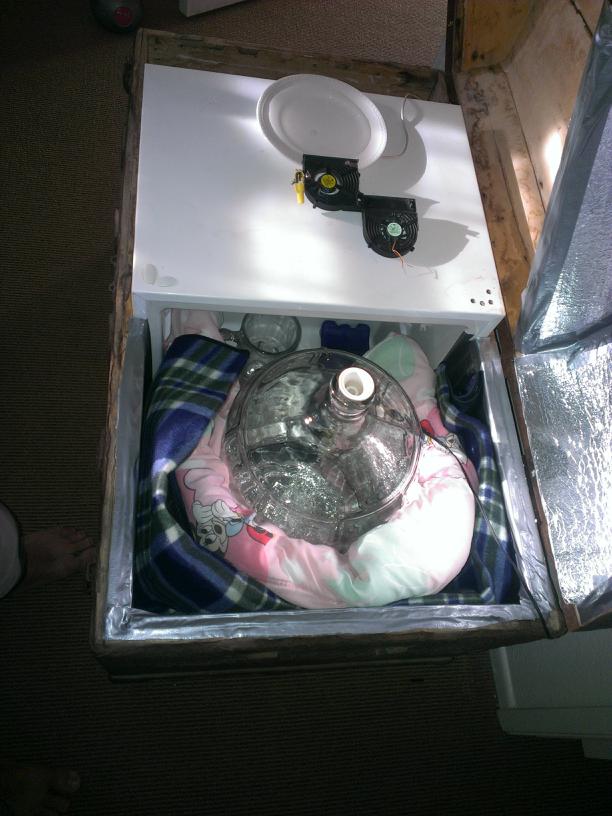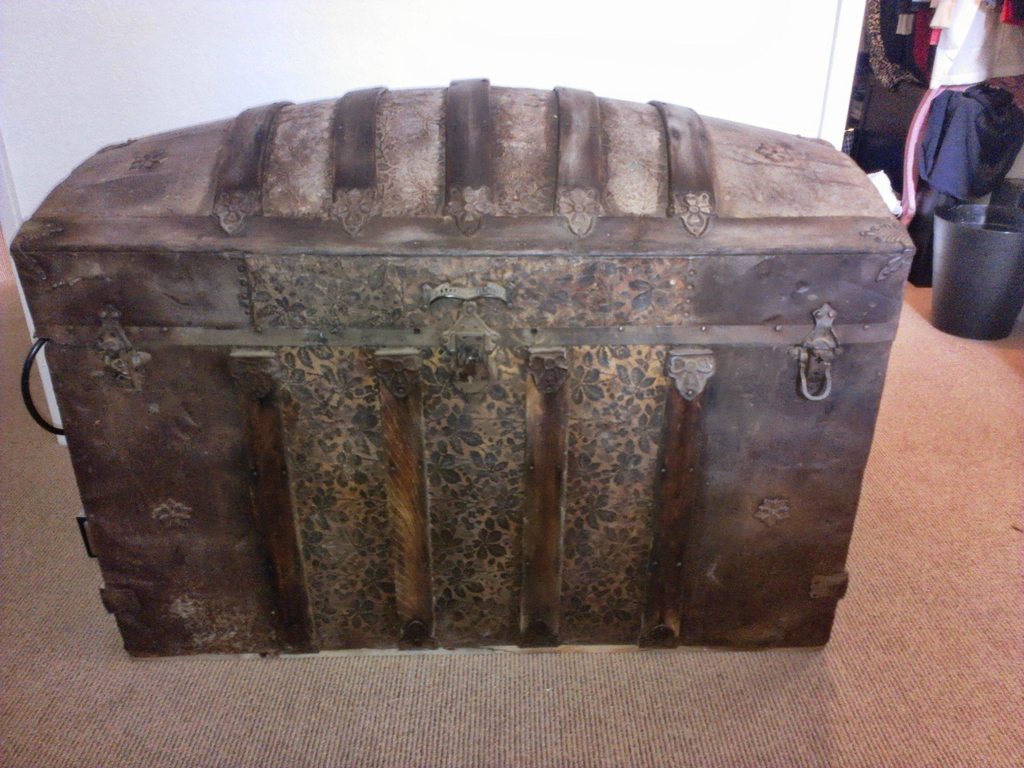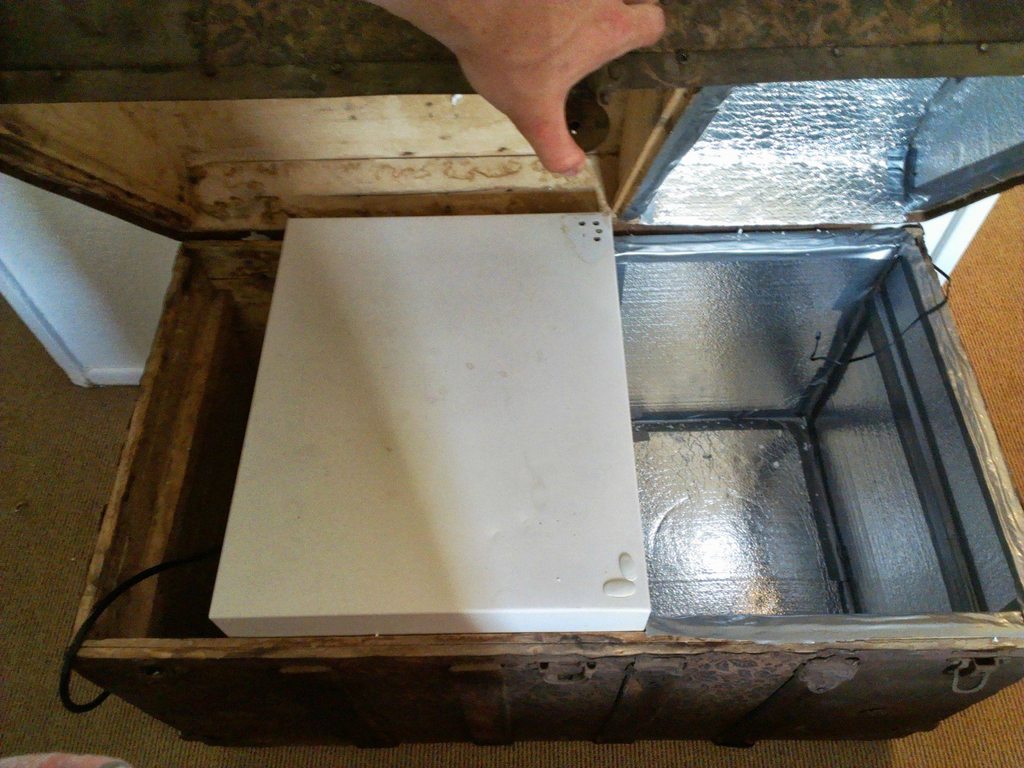Sure, more insulation couldn't hurt as long as you weren't impeding the flow of cold air into the chamber. You might also want to use something to create separation between your carboys and the blankets so the air can circulate around the carboys. In that picture you posted, you appear to be insulating a good portion of that carboy from the cold air in the chamber.
You might also try some rigid foam insulation, cut into squares and fixed to the walls of the chamber. Anything you could do to add insulation to the chamber walls would help. You could even add insulation to the outside, as that would still be effective in keeping the cold air in.
Another idea would be to add some weather stripping to the seams so that you have a better seal, like a makeshift gasket that you would see on a fridge or freezer. See if you can find the weak points where air might be leaking out and seal those spots up.
That's a cool idea for a fermentation chamber by the way. Very creative.






